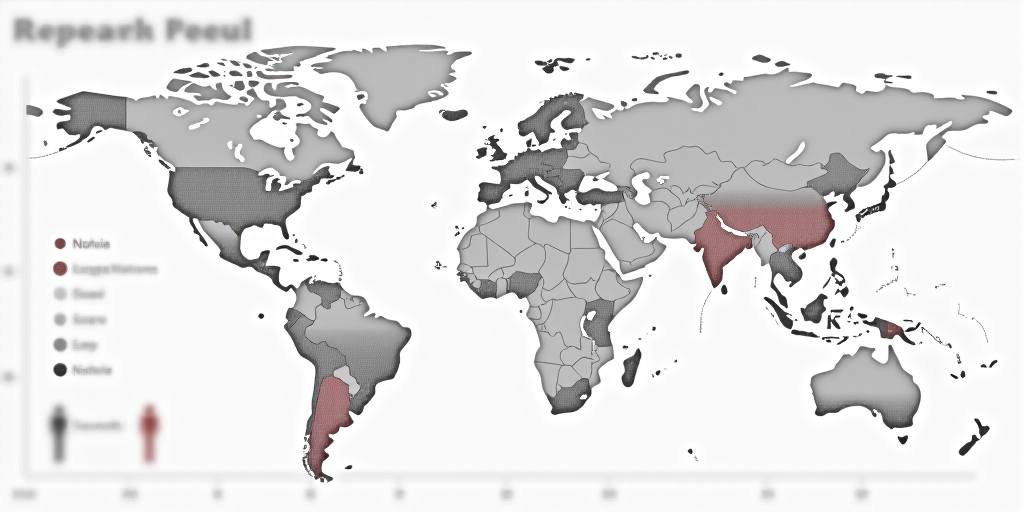Introduction
The global economy is facing a double blow that continues to push down expectations for growth. This is primarily due to the tariffs being imposed by the United States and global trade uncertainty.
Impact on Major Economies
The International Monetary Fund (IMF) has revised downward its growth projections for 2025 across all economies. While some countries like China, Mexico, and Canada are expected to be more severely impacted by this context.
Global Growth Projections
- The IMF estimates that the global economy will grow by 2.8% by the end of 2025.
- The United States is projected to grow by 1.8%.
- Canada’s growth is expected to be 1.4%.
Mexico’s Economic Contraction
Mexico is among the major global economies expected to experience a contraction of 0.3% this year.
China and Eurozone Economies
Despite continued growth, China is expected to lose momentum. Similarly, a significant portion of the Eurozone countries will face economic challenges.
Relevance of the Figures
Understanding these projections is crucial as they reflect the current state of the global economy and provide insights into potential future scenarios. Mexico, being a significant trading partner with the United States and other countries, is particularly affected by these changes.
Key Questions and Answers
- Q: What is causing the downward revision in global growth projections? A: The primary factors are tariffs imposed by the United States and global trade uncertainty.
- Q: Which countries are expected to be more severely impacted by these economic changes? A: Mexico, China, and several Eurozone countries are projected to experience significant economic contractions or slower growth.
- Q: What does the 0.3% contraction for Mexico imply? A: This indicates a slowdown in economic activity, which could affect employment, investment, and overall economic stability.
- Q: How will these changes affect global trade? A: The tariffs and trade uncertainties could lead to reduced international trade, affecting countries’ imports and exports and potentially causing shifts in global supply chains.






